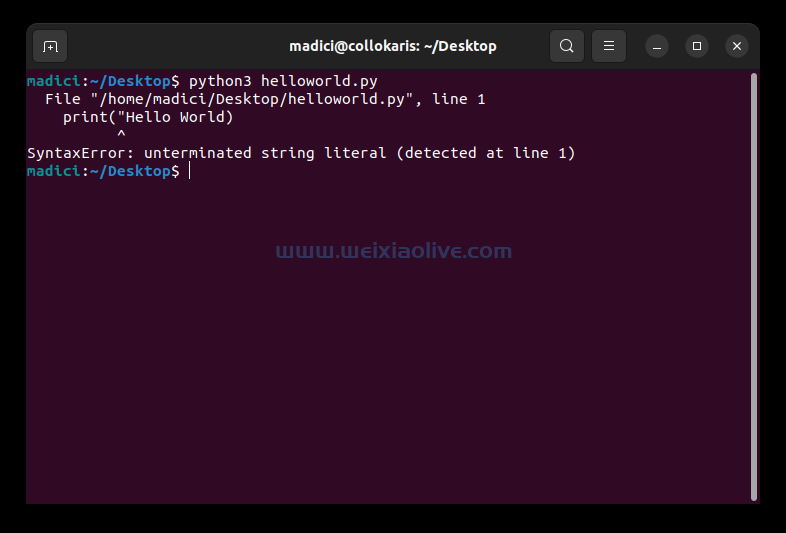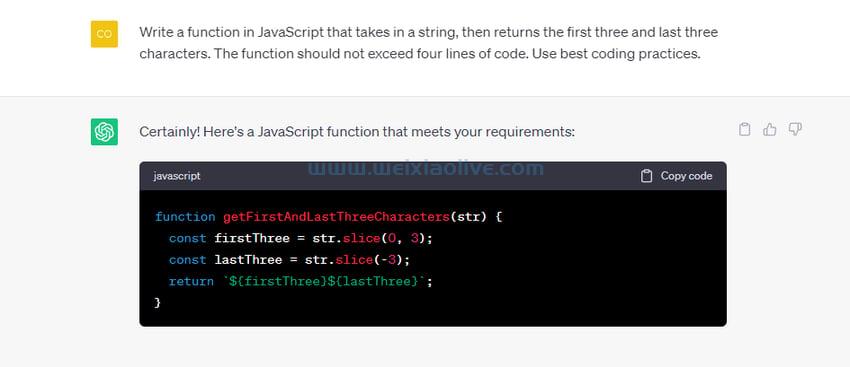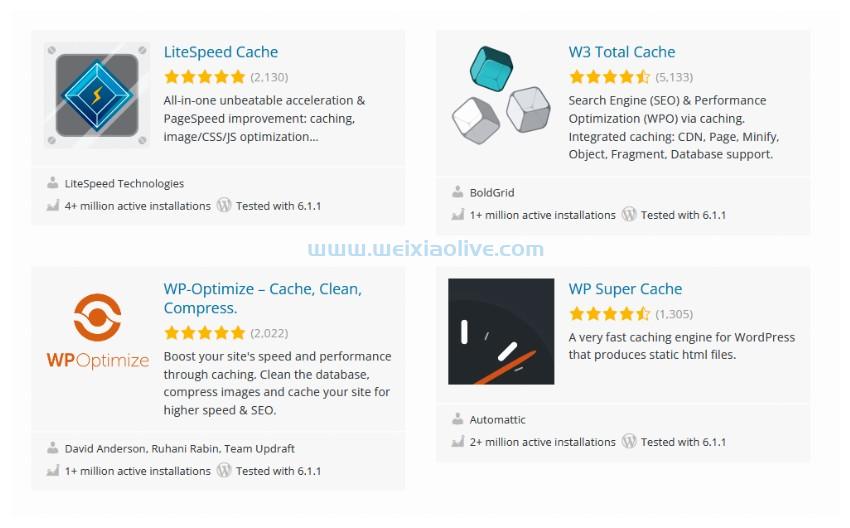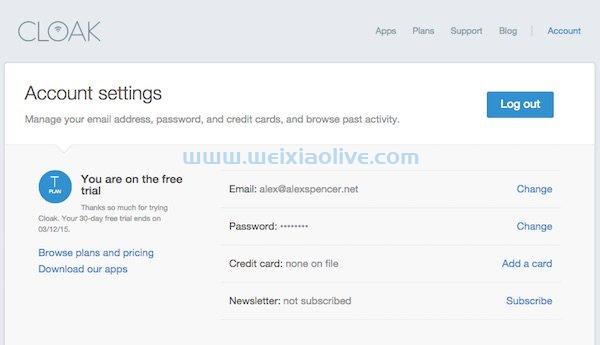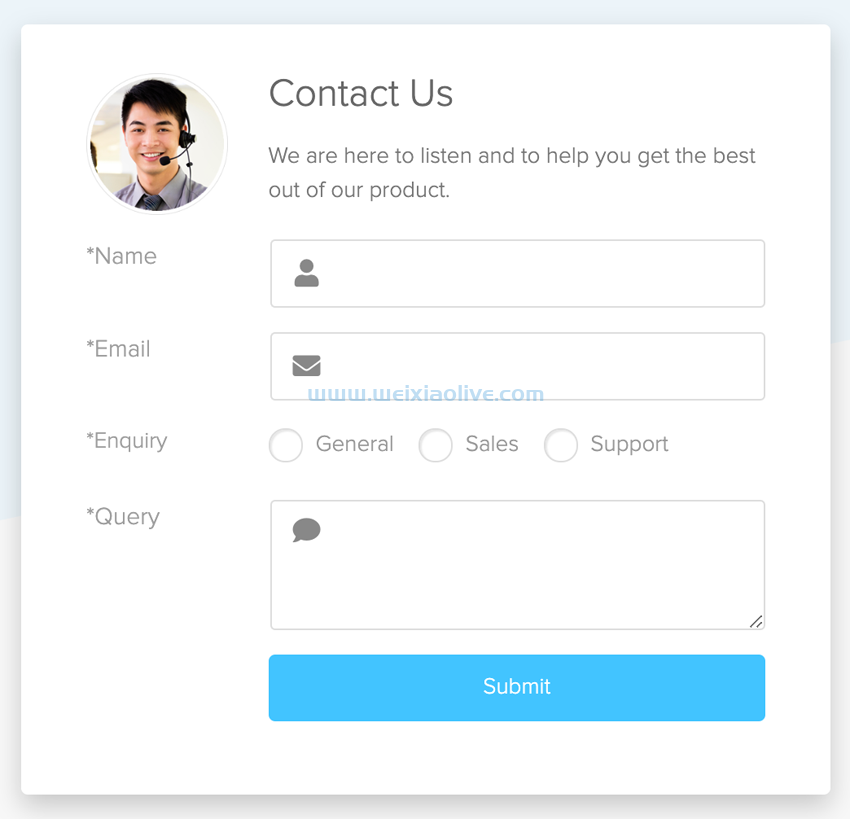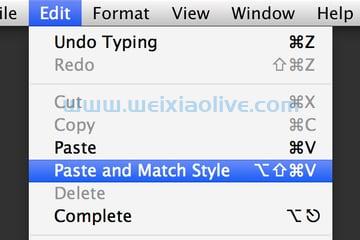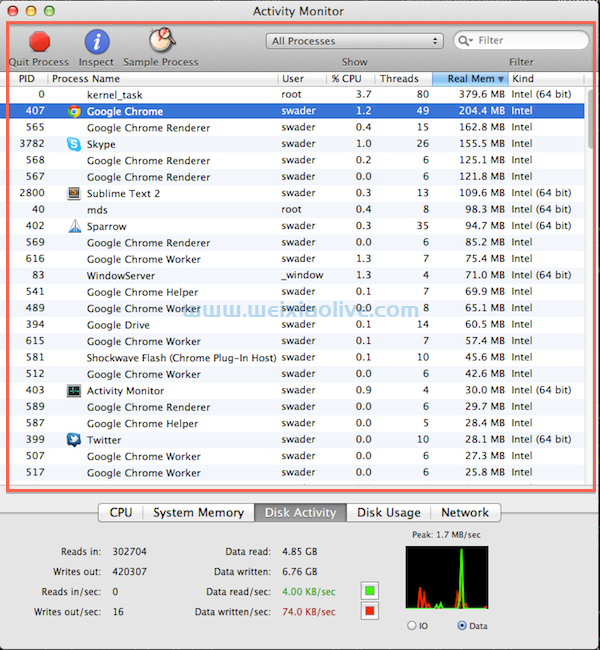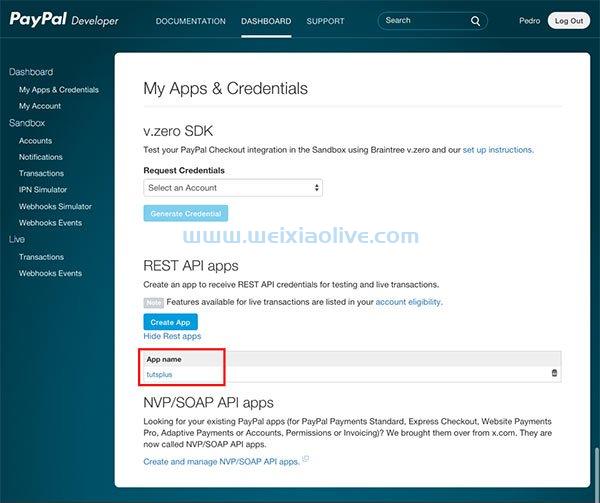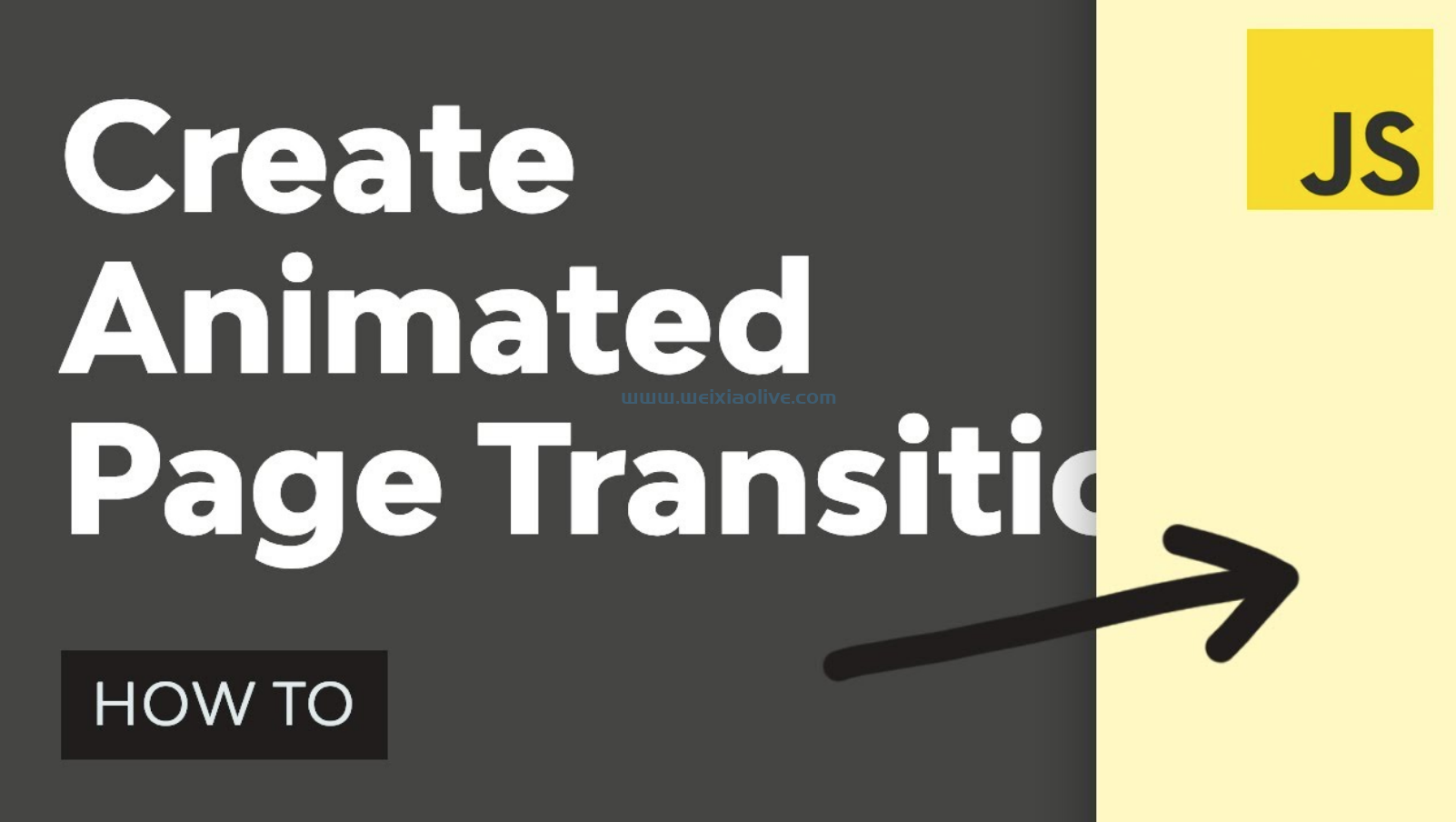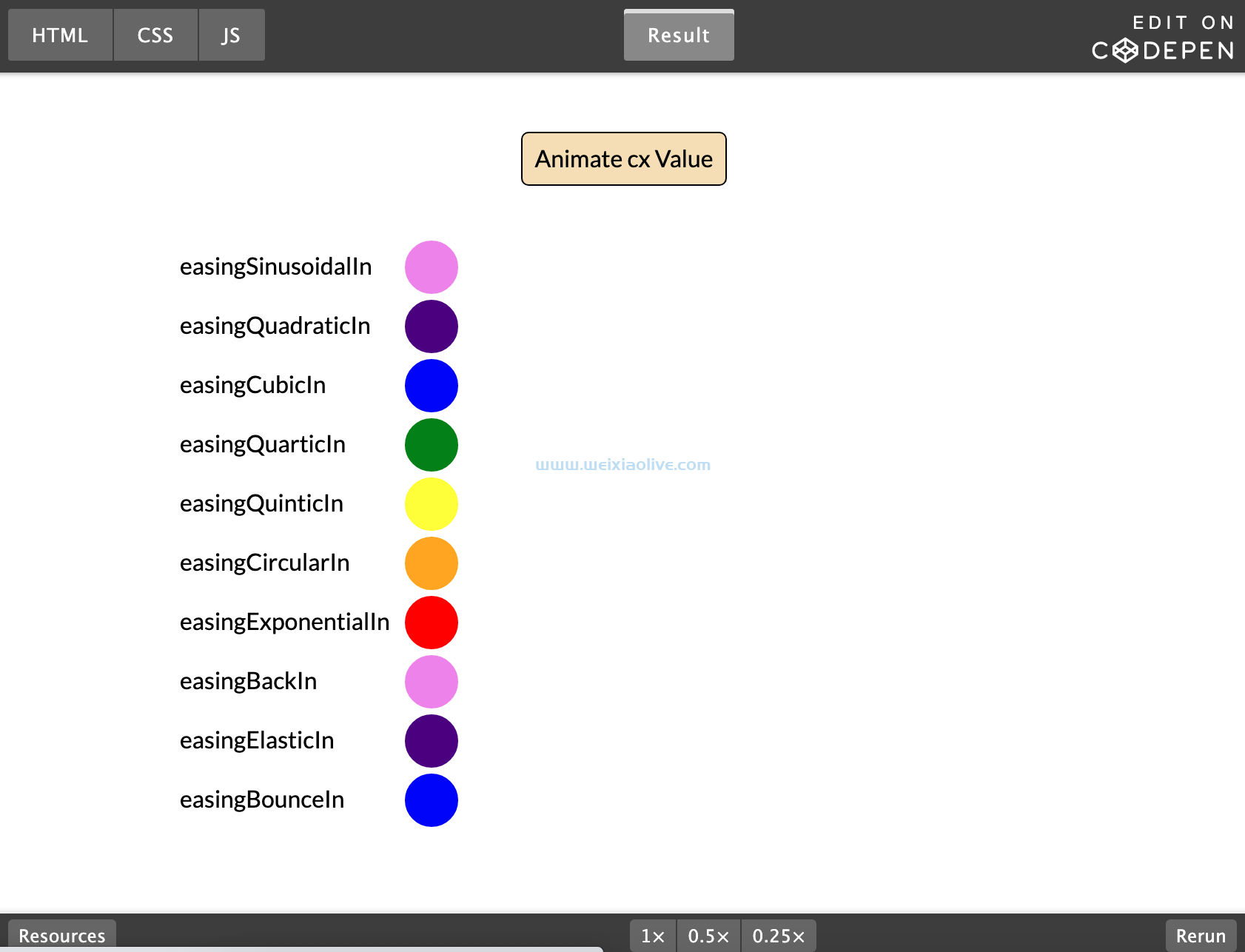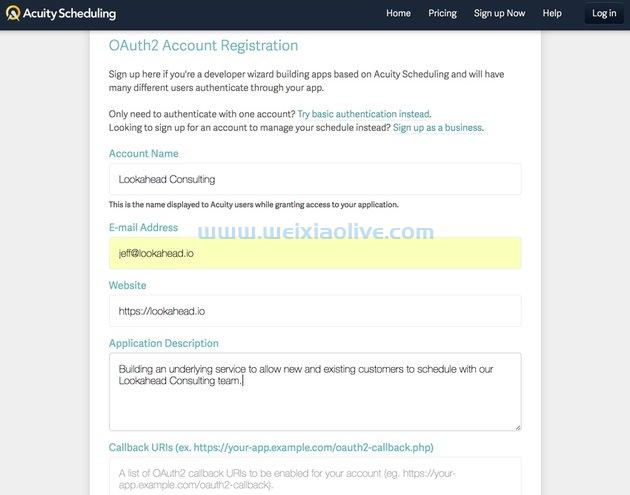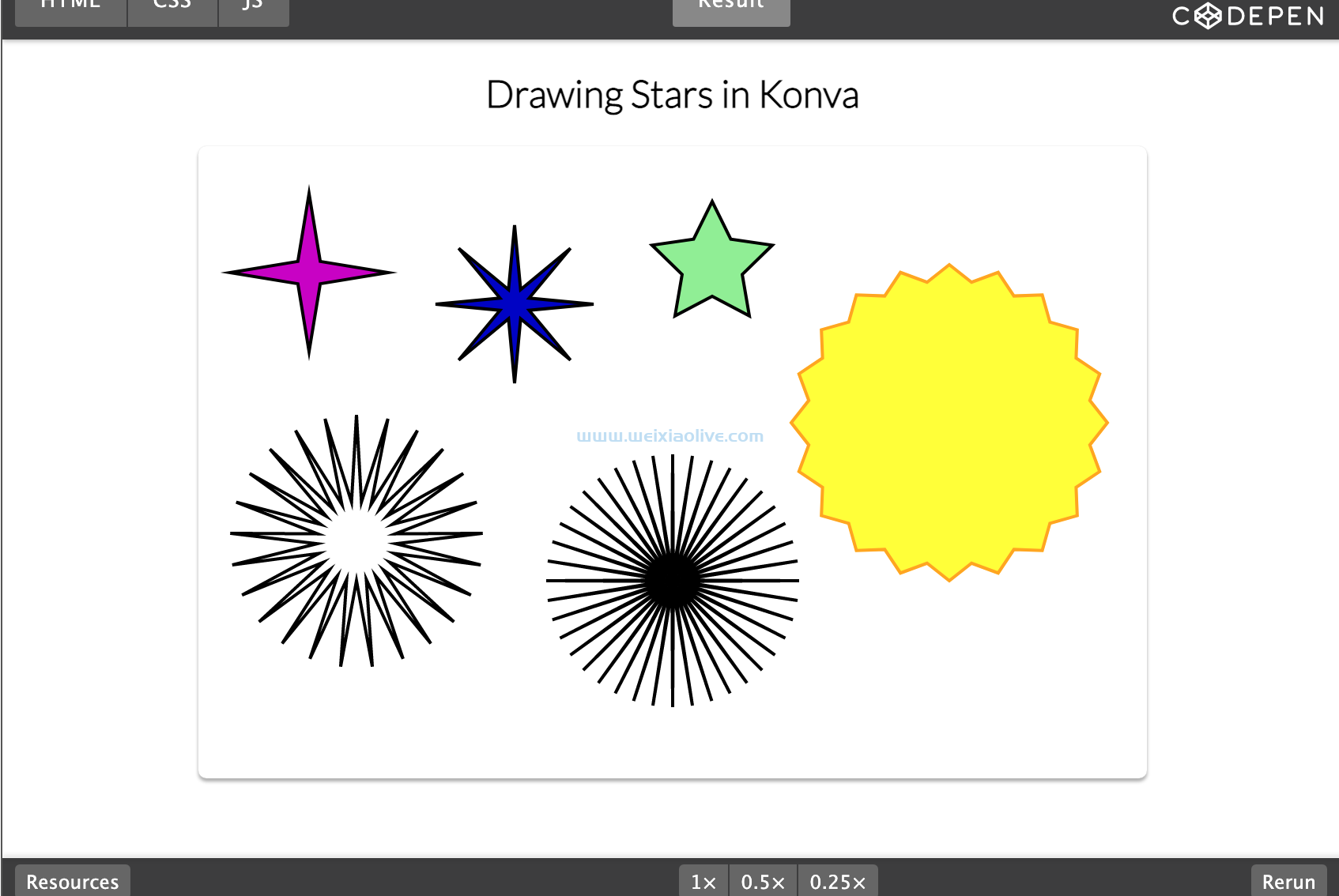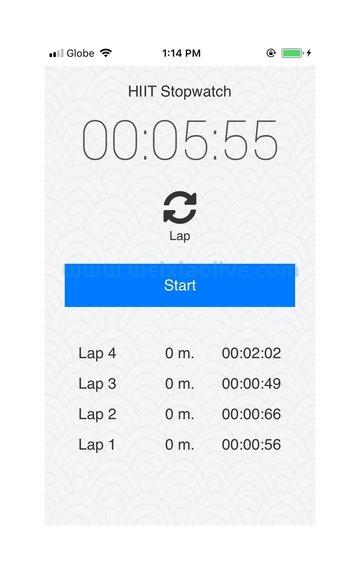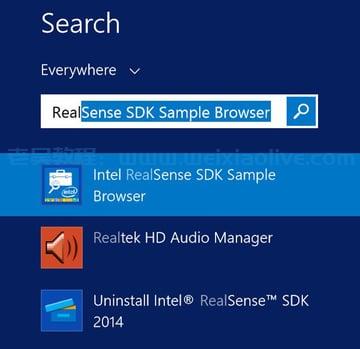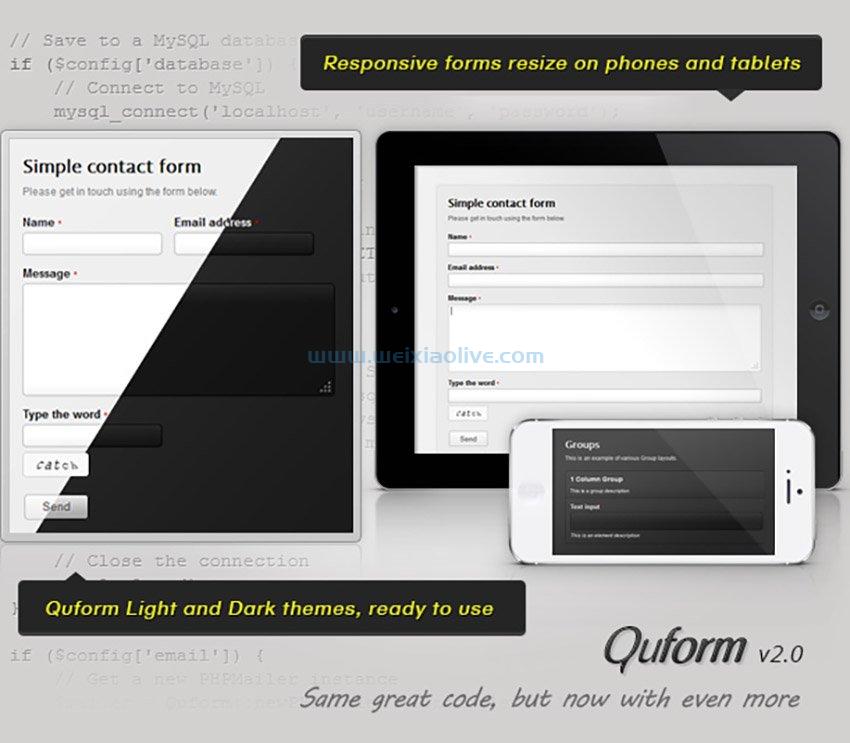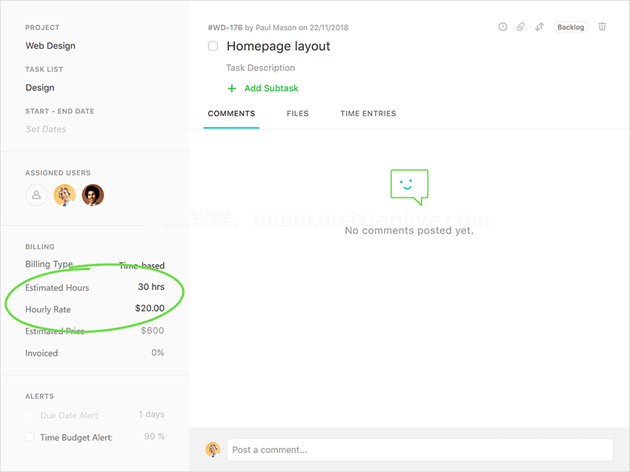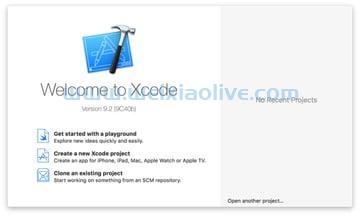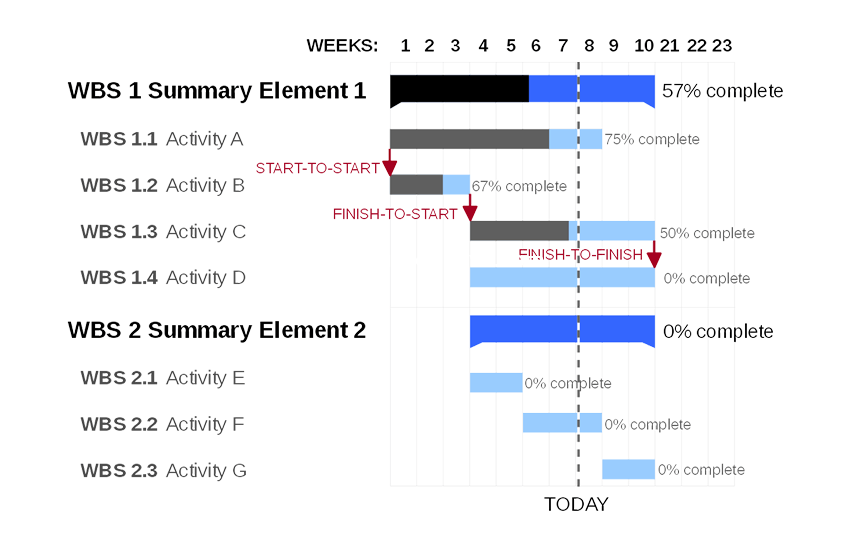在 本教程系列的前 一部分中,您了解了如何为 react 博客应用程序实现个人资料页面功能。在本教程中,您将了解如何为博客文章实现标签。
入门
让我们从克隆本系列最后一部分的源代码开始。
https://github.com/royagasthyan/ReactBlog-Profile
克隆目录后,导航到项目目录并安装require d 依赖项。
cd ReactBlogApp-Profile npm install
启动节点.js 服务器,您将在 http://localhost:7777/index.html#/运行应用程序。
创建标签页
让我们首先为用户创建一个链接以将标签添加到mongodb数据库。在页面中,为index.html页面再添加一个。liAdd Tag
<li role="presentation" id="tagHyperlink"><a href="/home#/addTag">Tag</a></li>
当用户单击Add Tag链接时,它应该显示AddTagReact 组件。所以让我们在文件中为Add Tag组件添加一个路由。home.jsx
<Route component={AddTag} path="/addTag"></Route>这是完整的路线列表:
Reactdom.render( <Router history={hashHistory}> <Route component={Showpost} path="/"></Route> <Route component={AddPost} path="/addPost(/:id)"></Route> <Route component={ShowProfile} path="/showProfile"></Route> <Route component={AddTag} path="/addTag"></Route> </Router>, document.getElementById('app'));
让我们创建AddTag将在用户单击“添加标签”链接时呈现的组件。
class AddTag extends React.Component { constructor(props) {
super(props);
}
componentDidMount(){
document.getElementById('addHyperLink').className = "";
document.getElementById('homeHyperlink').className = "";
document.getElementById('profileHyperlink').className = "";
document.getElementById('tagHyperlink').className = "active";
}
render() {
return (
<div className="col-md-5">
<div className="form-area">
<form role="form">
<br styles="clear:both" />
<div className="form-group">
<input type="text" className="form-control" id="tag" name="tag" placeholder="Tag" required />
</div>
<div className="form-group">
<button type="button" id="submit" name="submit" className="btn btn-primary pull-right">Add Tag</button>
</div>
</form>
</div>
</div>
)
}
}如上面的代码所示,在AddTagreact 组件类中,您已经为页面呈现了基本的 HTML 模板。在 componentDidMount方法内部,您具有使AddTag 超链接处于活动状态的类名。
保存上述更改并让服务器恢复正常。登录应用程序并单击“添加标签”链接,您将能够查看该Add Tag页面。
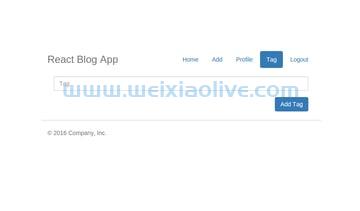
实现添加标签功能
定义一个状态变量来跟踪标签的变化。
constructor(props) {
super(props);
this.state = {
tag:''
};
}将标记状态变量附加到渲染方法中的输入元素。
<input value={this.state.tag} type="text" onChange={this.handleTagChange}
className="form-control" id="tag" name="tag" placeholder="Tag" required />如上面的代码所示,您还向输入附加了一个onChange 事件以跟踪其值的变化。在构造函数中绑定onChange方法。handleTagChange
constructor(props) {
super(props);
this.handleTagChange = this.handleTagChange.bind(this);
this.state = {
tag:''
};
}现在让我们在React 组件中定义handleTagChange方法。AddTag
handleTagChange(e){
this.setState({tag:e.target.value})
}当用户单击 Add 按钮添加标签时,您需要保存数据。因此,让我们将一个 onClick事件附加到输入按钮。
<button type="button" onClick={this.addTag} id="submit" name="submit" className="btn btn-primary pull-right">Add Tag</button>addTag在 React 组件构造函数中绑定方法并定义方法以对 node.js 服务器端点进行api调用。
constructor(props) {
super(props);
this.addTag = this.addTag.bind(this);
this.handleTagChange = this.handleTagChange.bind(this);
this.state = {
tag:''
};
}接下来让我们定义addTag使 API 调用到 /addtag端点的方法。
addTag(){
axios.post('/addtag', {
tag: this.state.tag
})
.then(function (response) {
console.log('reponse from add tag is ',response);
})
.catch(function (error) {
console.log(error);
});
}让我们为/addTag. 在app.js文件中,创建/addTag路由,它将解析数据并将数据插入到 MongoDB 数据库中。
app.post('/addtag', function (req, res) {
var tag = req.body.tag;
post.addTag(tag,function(result){
res.send(result);
});
})在端点内部,您调用了从文件中/addTag调用的方法。让我们在文件中创建方法。这是它的外观:addTagpost.jsaddTagpost.js
addTag: function(tagName, callback){ MongoClient.connect(url, function(err, db) { db.collection('tag').insertOne( { "name": tagName },function(err, result){ assert.equal(err, null); console.log("Saved the tag details."); if(err == null){ callback(true) } else{ callback(false) } }); }); }
从上面的代码中可以看出,您已经习惯MongoClient了连接到 MongoDB 数据库。您已将标记数据插入到数据库中称为标记的集合中。一旦插入数据而没有任何错误,布尔值 true 将传递给回调函数。如果遇到错误,则将布尔值 false 返回给回调函数。
保存上述更改并重新启动服务器。登录应用程序并单击添加标签链接。输入标签名称并单击添加按钮。检查浏览器控制台,您应该能够看到浏览器控制台中记录的成功消息。
在添加帖子页面上填充标签
从Add Tag页面添加标签后,需要在Add post页面中填充标签。让我们首先创建一个getTags在post.js文件中调用的方法,该方法将连接到 MongoDB 数据库并获取标签。这是它的外观:
getTag: function(callback){
MongoClient.connect(url, function(err, db){
db.collection('tag', function (err, collection) {
collection.find().toArray(function (err, list) {
callback(list);
});
});
})
}如上面的代码所示,您已经使用 MongoClient 连接到 MongoDB 数据库。获取集合后,使用该方法将其转换为数组toArray,然后传递给回调函数。
接下来创建 Node.js API 端点,它将getTag在app.js.
app.post('/gettag', function (req, res) {
post.getTag(function(result){
res.send(result);
});
})在 组件home.jsx内的文件中AddPost,创建一个调用的方法,该方法getTags将/gettag调用 API 并获取标签列表。
getTags(){
var self = this;
axios.post('/getTag', {
})
.then(function (response) {
if(response){
self.setState({tags:response.data});
}
})
.catch(function (error) {
console.log('error is ',error);
});
}从 API 获取数据后,在tags状态变量中设置数据。
在ShowPostReact 组件的 render 方法中,添加 select HTML 元素以绑定tags状态变量。这是它的外观:
<div className="form-group">
<label for="sel1">Select Tag:</label>
<select className="form-control" >
{
this.state.tags.map(function(tag, i) {
return (<option key={i} value={tag._id}>{tag.name}</option>)
}.bind(this))
}
</select>
</div>如上面的代码所示,您已使用该map方法将tags状态变量映射到选择元素。
在componentDidMount方法内部,调用该getTags方法以在组件安装后加载标签。
componentDidMount(){
document.getElementById('addHyperLink').className = "active";
document.getElementById('homeHyperlink').className = "";
document.getElementById('profileHyperlink').className = "";
document.getElementById('tagHyperlink').className = "";
this.getPostWithId();
this.getTags();
}保存上述更改并重新启动服务器。加载Add Post页面后,您应该将标签加载到选择的 HTML 元素中。

让我们在下拉列表中添加一个值为 0 的默认选项。
<div className="form-group">
<select className="form-control" value={this.state.tag} onChange={this.handleTagChange}>
<option value="0">Select Tag</option>
{
this.state.tags.map(function(tag, i) {
return (<option key={i} value={tag._id}>{tag.name}</option>)
}.bind(this))
}
</select>
</div>您已向 onChangeselect HTML 元素添加了一个事件。这是handleTagChange事件的样子:
handleTagChange(e){
this.setState({tag:e.target.value})
}用户选择标签后,该值将在状态变量中可用tag。
在React 组件 的方法中包含tag变量。addPostAddPost
addPost(){
axios.post('/addPost', {
title: this.state.title,
subject: this.state.subject,
tag: this.state.tag,
id: this.props.params.id
})
.then(function (response) {
console.log('response from add post is ',response);
hashHistory.push('/')
})
.catch(function (error) {
console.log(error);
});
}更改/addpostAPI 端点以包含tag参数。
app.post('/addpost', function (req, res) {
var title = req.body.title;
var subject = req.body.subject;
var tag = req.body.tag;
var id = req.body.id;
console.log('id is ',id);
if(id == '' || id == undefined){
console.log('add');
post.addPost(title, subject ,tag,function(result){
res.send(result);
});
}
else{
console.log('update',title,subject);
post.updatePost(id, title, subject ,tag,function(result){
res.send(result);
});
}
})修改文件中的addPost方法post.js以包含tag参数。
addPost: function(title, subject,tag, callback){
MongoClient.connect(url, function(err, db) {
db.collection('post').insertOne( {
"title": title,
"subject": subject,
"tag": tag
},function(err, result){
assert.equal(err, null);
console.log("Saved the blog post details.");
if(err == null){
callback(true)
}
else{
callback(false)
}
});
});
}修改getPostWithId获取帖子详细信息时设置下拉的方法。
getPostWithId(){
var id = this.props.params.id;
var self = this;
axios.post('/getPostWithId', {
id: id
})
.then(function (response) {
if(response){
self.setState({title:response.data.title});
self.setState({subject:response.data.subject});
self.setState({tag:response.data.tag})
}
})
.catch(function (error) {
console.log('error is ',error);
});
}保存上述更改并重新启动服务器。登录并导航到“添加帖子” 页面并添加带有选定标签的帖子。您将保存并列出新帖子。单击编辑按钮以编辑帖子详细信息和标签。
把它包起来
在本教程中,您了解了如何实现添加标签页面。您将标签字段与标题和主题字段一起添加到添加帖子页面。
希望您喜欢本教程系列。请在下面的评论中告诉我们您的想法、建议或任何更正。
本教程的源代码可在GitHub 上获得。

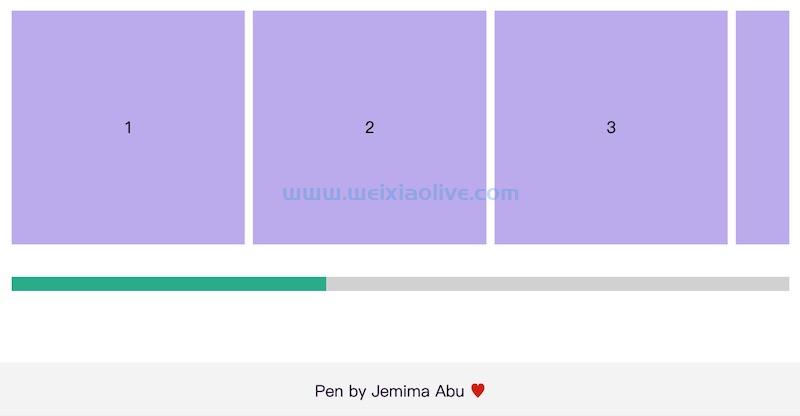
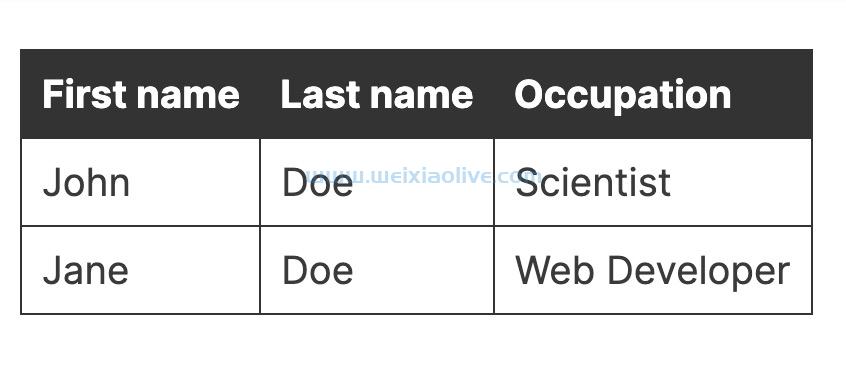


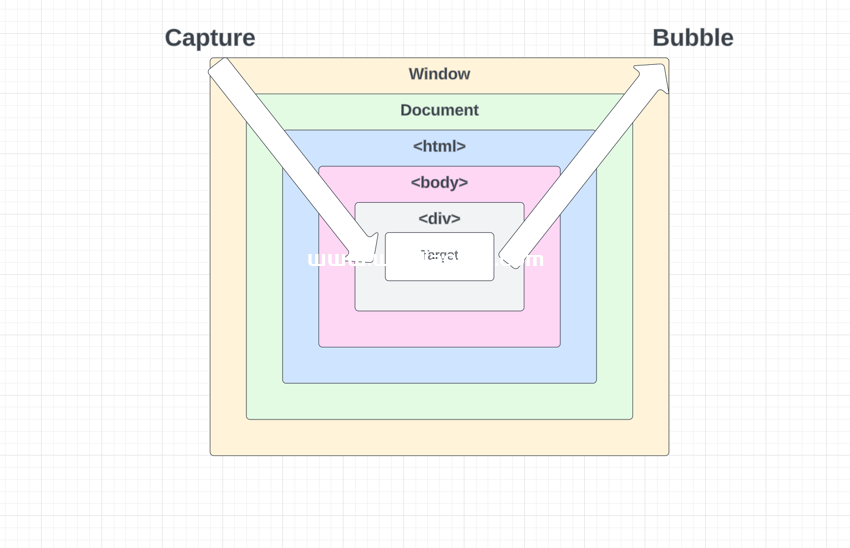
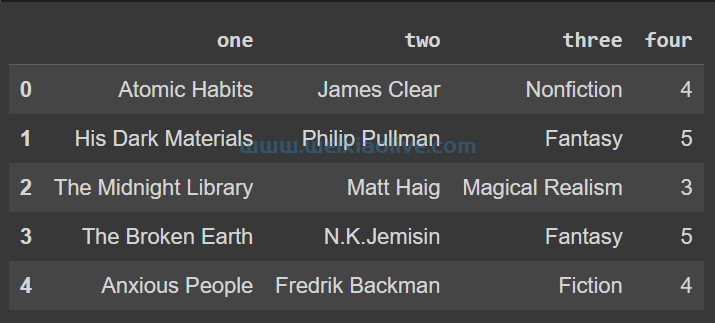

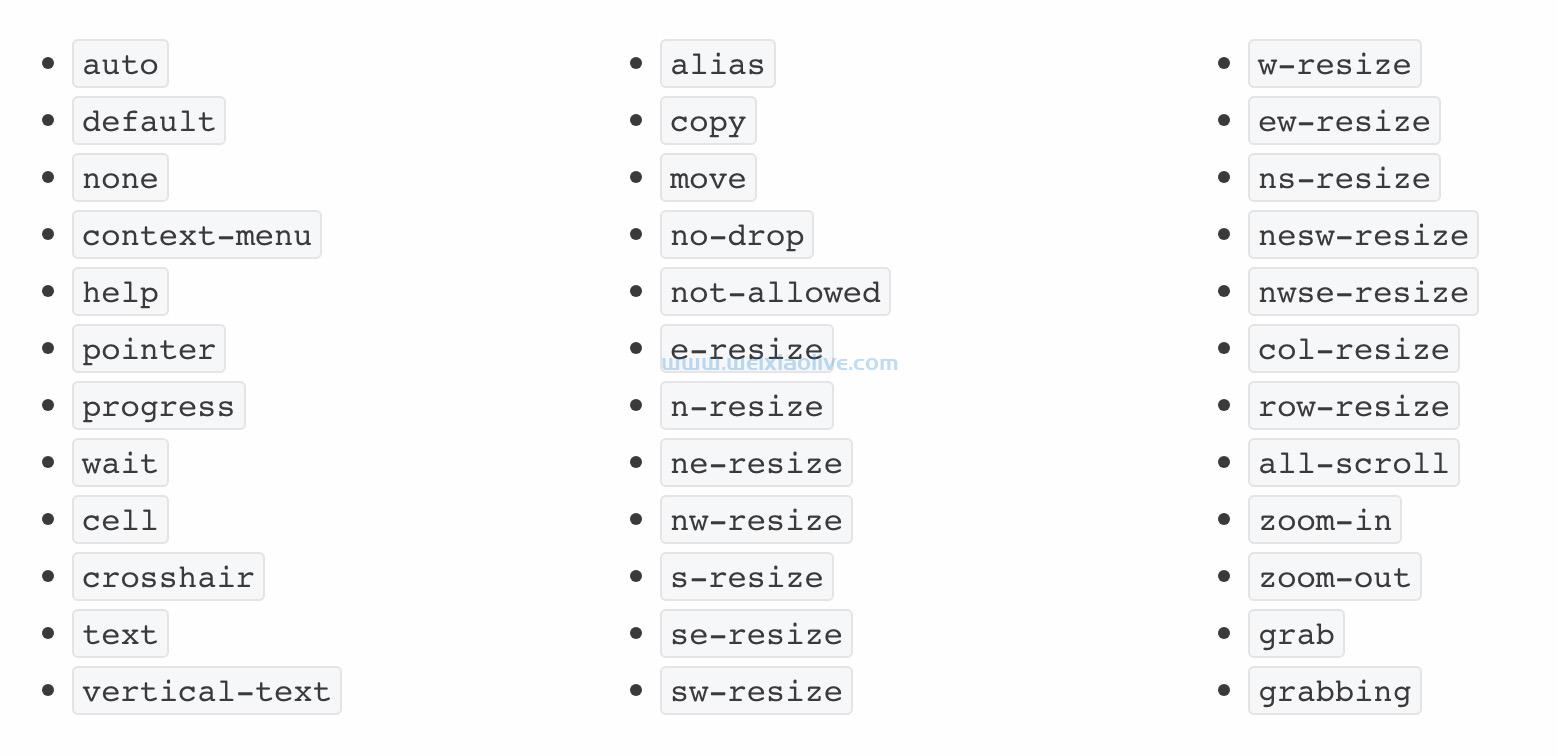
![如何删除Word中的空白页[4种简单方法] 如何删除Word中的空白页[4种简单方法]](https://www.weixiaolive.com/en/zb_users/upload/2023/07/20230702124855168827333590644.png)

